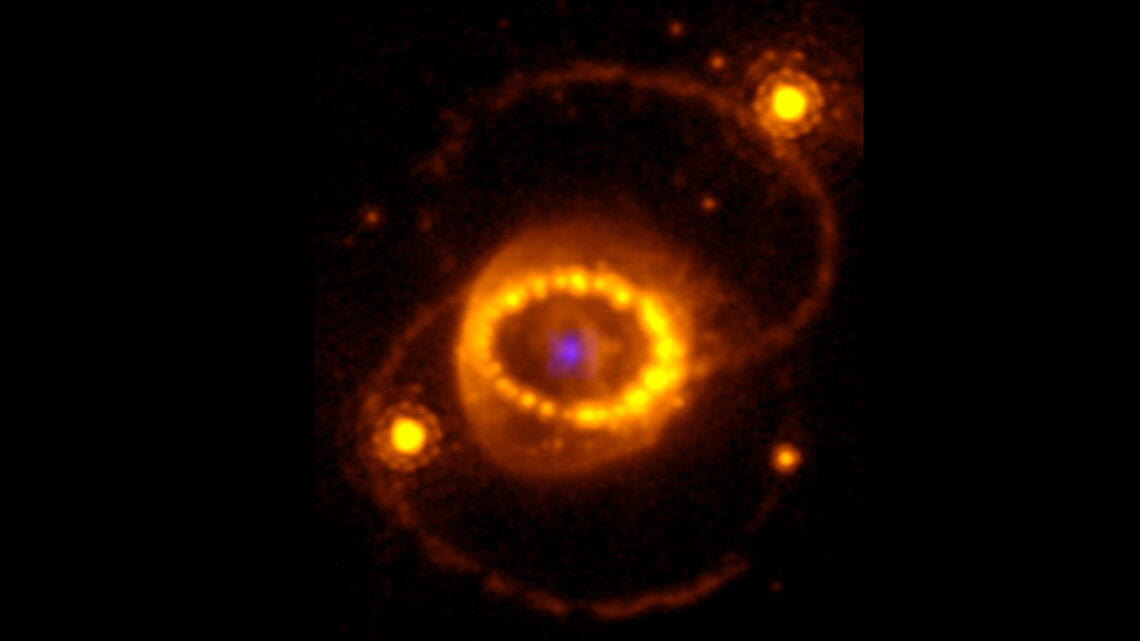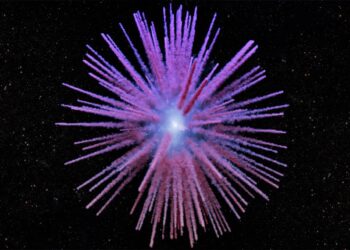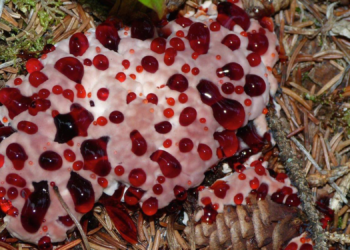Within the dusty cloud left behind by supernova 1987A, the most famous stellar explosion in modern history, astronomers have found compelling evidence for a long-sought neutron star.
NASA’s James Webb Space Telescope has spied indirect hints of a powerful source of X-rays — likely some type of neutron star — coming from the core of the supernova remnant, researchers report February 22 in Science. The findings are part of a 37-year-old quest to determine what happened in the aftermath of the closest supernova in nearly 400 years and could provide insights into how a neutron star behaves mere decades after its birth.
“Supernova 1987A is truly a unique laboratory to study supernovas,” astronomer Patrick Kavanagh said February 17 in a news conference at the American Association for the Advancement of Science meeting in Denver. It’s “the gift that keeps on giving, with new observations continually yielding new discoveries,” said Kavanagh, of Maynooth University in Ireland.
On February 23, 1987, telescopes around the world got a front-row seat to a spectacular supernova in the Large Magellanic Cloud, a companion galaxy to the Milky Way (SN: 2/8/17). Such explosions occur when a star at least eight times the mass of the sun dies. Located at the astronomically close distance of 160,000 light-years, supernova 1987A, as it came to be known, was visible with the naked eye in the night sky for months afterward. The energetic explosion generated tremendous amounts of neutrinos, a handful of which ended up in detectors on Earth. It was the first time such ghostly particles had been seen coming from beyond the solar system.
Since then, scientists have wondered whether the iron core of the blue supergiant star that led to 1987A collapsed into an ultradense neutron star or shrank all the way down to a black hole. The fact that neutrinos escaped the event favors the neutron star possibility, but whatever was left behind has yet to be…
Read the full article here







